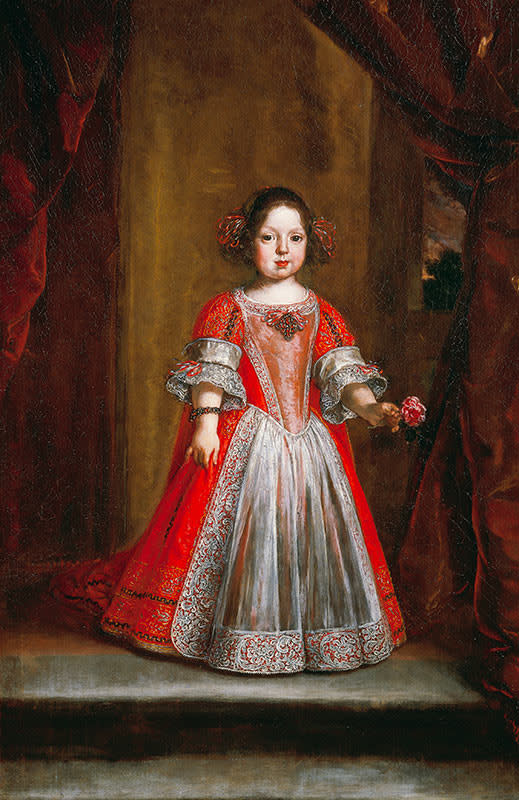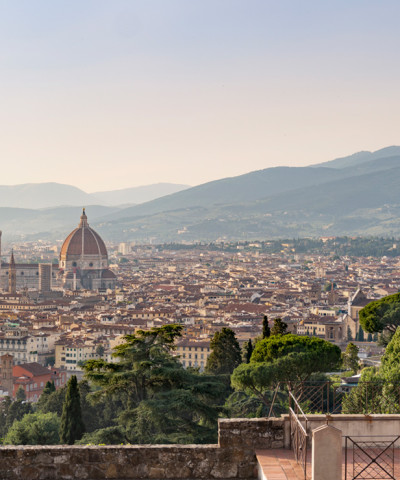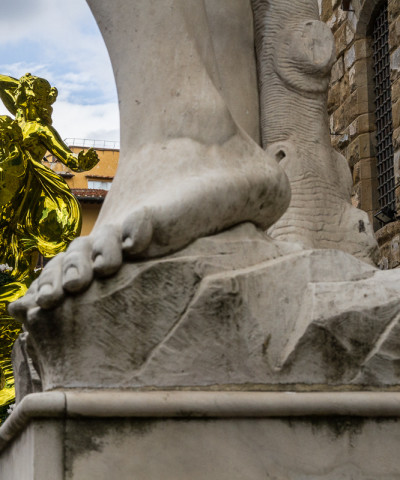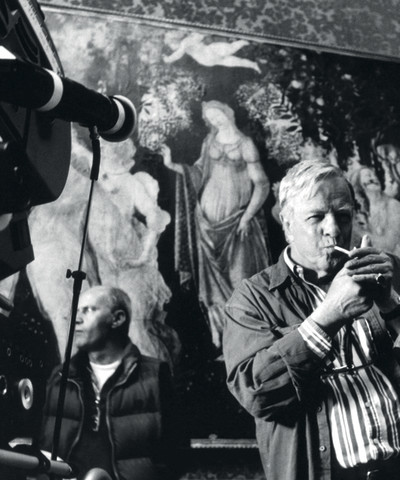Elettrice Palatina: who she was and what she left us with
Let's find out together who Anna Maria Luisa de' Medici, the woman who made the history of Florence, was
Who was Anna Maria Luisa de' Medici, the last descendant of the Medici Dynasty? What moments cadenced her existence? What treasures did she leave us? Why, beyond the Family Pact (the act by which she bound the Medici historical and artistic heritage to the city of Florence), does her figure express so much fascination?
Let us start with the name Electrice Palatina, which derives from the fact that Anna Maria Luisa went in marriage to the German prince John William, Elector of the Palatinate, as part of a policy aimed at a vain attempt to save dynastic continuity.
But let's start at the beginning: daughter of Cosimo III and Margaret of Orleans, she was born on August 11, 1667 in Florence. Much loved and almost idolized by her father, she completely dominated him, so much so that the grand duke subordinated to his affection for his daughter his political line in the negotiations for the succession of Tuscany: negotiations that took place between the house of Medici and the powers of Europe, and mainly Austria, in the first half of the 18th century. Of decisive importance for the fate of the house of Medici was considered the union of Anna Maria Luisa. with the Elector Palatine, John William, which was arrived at after the failure of several marriage plans.
 Ritratto di Anna Maria Luisa de’ Medici bambina, Galleria degli Uffizi, depositi
Ritratto di Anna Maria Luisa de’ Medici bambina, Galleria degli Uffizi, depositiThe marriage of Anna Maria Luisa to John William was greeted with enthusiasm on both sides. Austria was openly favorable to it, not only because, engaged against the France of Louis XIV in the great struggle of the League of Augsburg, she thought of drawing Tuscany into her political orbit, but also because she could thereby count on the dowry of 300,000 scudi promised by Cosimo III to his daughter, a sum that the elector ally would undoubtedly put at the disposal of the exhausted imperial finances. Cosimo, for his part, willingly accepted the proposed alliance, eager to secure the support of Austria and the guarantee of his own neutrality and to more easily obtain the coveted title of “Royal Highness”; the only obstacle, the lively remonstrances of Louis XIV, which were appeased after Florentine diplomats formally asked his permission for such a marriage. On Apr. 23, 1691 it was celebrated and on May 6 and Louise left for Germany.
Even from Düsseldorf Maria Luisa exerted her influence on her father, especially when at the end of the War of the Spanish Succession, the question of the succession of Tuscany opened up and the plan to restore the ancient republic of Florence began to advance. The electress convinced Cosimo III to transfer succession rights to the female line she represented and to designate her as heir to her brother Gian Gastone.
Back in Florence, while the now old Cosimo III had completely removed himself from the direction of public affairs and Gian Gastone was giving himself to a luxurious and brilliant life, Anna Maria Luisa . realized the widespread discontent. Wealthy both because of the lavish inheritance left to her by her late husband and the not inconsiderable appanage assigned to her by her father, she sought to remedy it, not only by surrounding herself with a splendid court in an effort to bind the Tuscan nobility more closely to the Medici and by exercising generous charity work, but also by becoming the arbiter and regulator of the council. But when, in 1723, Cosimo died and Gian Gastone came to the throne, she was completely excluded from participation in government and retired to the monastery of the Quiete.
In 1736 (the question of the succession of Tuscany was still unresolved) negotiations began to take place between Austria and Spain for a family pact that would ensure the succession of the house of Medici to the Lorraine; negotiations that were concluded only after the death of Gian Gastone. And it was A. himself who signed the deed of Oct. 31, 1737, appointing Francis of Lorraine his universal heir, with the obligation, however, to keep the patrimony of the house of Medici in Florence; by this agreement he assured Florence of almost all of its artistic heritage. After the arrival of Prince Regent Mark of Craon A. continued to live quietly in Florence, surrounded by the respect of the Lorenese, until her death on Feb. 18, 1743.

















